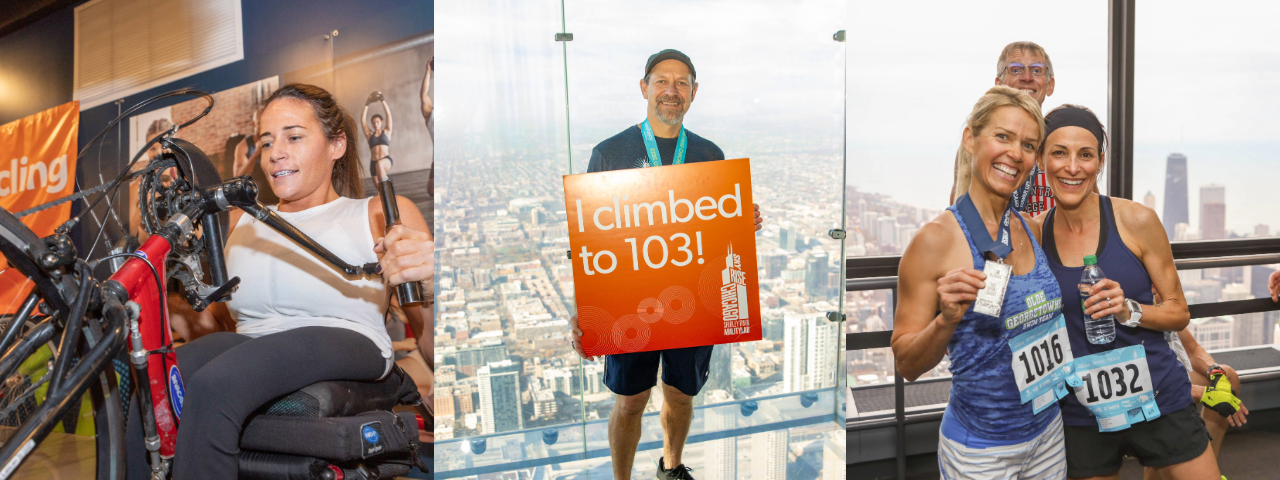Body
San Juan, PR — Golfers with knee osteoarthritis (OA) who walk the golf course rather than ride in a cart gain significantly higher health benefits, according to a new study presented this week at the Association of Academic Physiatrists Annual Meeting in Puerto Rico.
Golf is a popular activity in the United States, played by more than 17 million people annually. Although the sport offers varied health benefits, in 69% of rounds played, golfers use a motorized cart to travel between holes rather than walk the course, muting those benefits. In addition, golfers with knee osteoarthritis (OA) — which causes swelling, pain and difficulty moving the joint and is one of the leading causes of disability for those over 50 years old — are more likely to avoid walking.
Although it may seem intuitive that golfers with OA should stay off their feet and ride in a golf cart, new research led by Prakash Jayabalan, M.D., Ph.D., physician scientist at the Shirley Ryan AbilityLab (formerly the Rehabilitation Institute of Chicago) — and a team of researchers from the Shirley Ryan AbilityLab and the Northwestern Feinberg School of Medicine — has found, for the first time, that walking the course provides significantly higher health benefits. Through sophisticated blood-based biomarker analysis, this study has shown that golfers with knee OA do not need to be concerned about exacerbating their disease by walking the course; in fact, walking provides the best health benefit.
Participants in the study included 10 individuals with knee OA who each completed an 18-hole round on two separate days. In one round, they walked the course and, in the other, they used a golf cart. The study also included five healthy controls who played two rounds of golf on separate days and walked the course.
Researchers measured the golfers’ step counts, heart rates, ratings of perceived exertion (RPE) and pain scores during the golf round. They also collected blood/serum samples at baseline, at the ninth hole (the study’s midpoint), and at the eighteenth hole (the endpoint). Samples were tested for OA biomarkers indicating inflammation.
Findings reveal that golfers with OA who walked the course had significantly higher RPE, step count and duration of moderate/vigorous intensity activity (72.2% vs. 32.6% in those who rode the cart during the round). Walkers had an average 2.1-point increase in pain score. When they played the round using the golf cart, they experienced a 1.5-point increase on average, a difference that is not clinically significant. The research team also measured blood-based biomarkers of cartilage stress and inflammation and, although both methods of transportation caused an increase in these markers (as would be expected with regular walking), there was no difference between the rounds.
Although walking the course provides the best health benefits, in certain individuals who have significant knee pain, using a golf cart still easily fulfills daily national physical activity guidelines.
This study was designed to examine individuals with knee OA who golf regularly. As a next step, researchers will evaluate golf as an exercise intervention in individuals with knee OA who do not golf regularly.
This research is part of a larger consortium sponsored by the World Golf Foundation that is studying the health benefits of golf.
The Association of Academic Physiatrists (AAP) is a professional society with a mission to create the future of academic physiatry through mentorship, leadership, and discovery. The only academic association dedicated to the specialty of physiatry, its members are leading physicians, researchers, in-training physiatrists, and professionals in 21 countries and 44 U.S. states. With a keen focus on research and education, the AAP holds an Annual Meeting, produces a leading medical journal in rehabilitation: AJPM&R, and leads a variety of programs and activities that support and enhance academic physiatry. To learn more about the Association and specialty of physiatry, visit physiatry.org and follow us on Twitter at @AAPhysiatrists.

